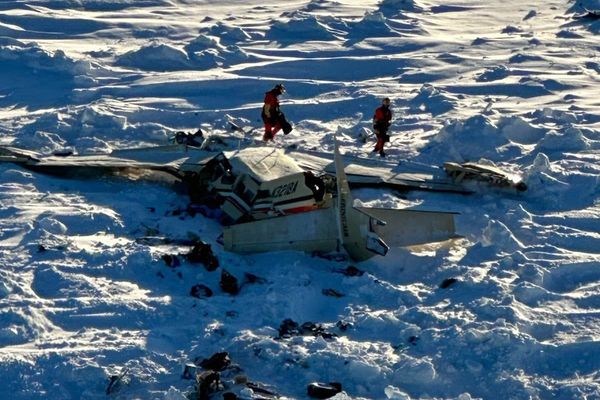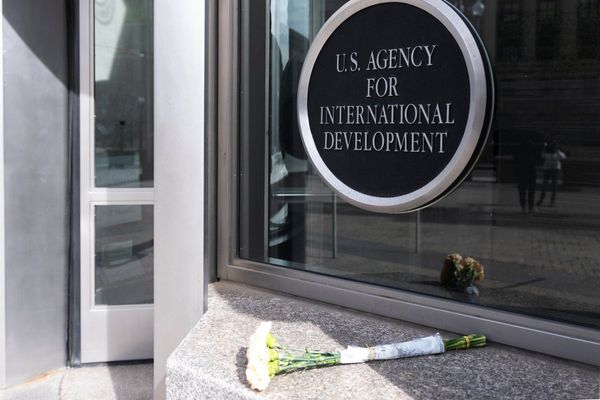The median house price of Hobart's innermost suburbs has surpassed $1 million for the first time, data from the Real Estate Institute of Tasmania shows.
The REIT's September quarterly data released today shows 195 properties sold for over $1 million during the three-month period between the start of July and end of September this year.
To date, 490 properties have sold for over $1 million compared to 163 the year prior — a 200.6 per cent increase year-on-year.
Launceston-based real estate agent and REIT president Michael Walsh said the seven-figure price tag was on its way to becoming the new normal in Tasmania.
"We Tasmanians [are] getting used to the idea that our real estate market has caught up to the rest of Australia," he said.
"I think we're still value for money, but we're just getting used to the fact that a million dollars here and a million dollars there is not an unheard of price now."
Five suburbs in inner Hobart now have a median house price of $1 million or greater.
Sandy Bay has the highest median house price in the state, sitting at $1.5 million — an increase of nearly 45 per cent since September last year.
South Hobart is the second most-expensive suburb, with a median price of $1,227,500, followed by West Hobart, Taroona and Mount Stuart.
Hobart city is the sixth most-expensive suburb, with a median house price just under a million dollars at $995,000.
'Inner Hobart', which encompasses the CBD, Taroona, Dynnyrne, Mount Stuart and Lenah Valley is the most expensive suburb area in the state, with the region now averaging a house price of $1,026,500.
Comparatively, 'Middle Hobart', which includes Bellerive, Bridgewater and Lauderdale, now has a median house price of $630,000.
The median house price in the region referred to as 'Outer Hobart', which includes Kingston, Margate and Rokeby, is marginally cheaper at $619,500.
A rising median house price, including five suburbs now reaching the million-dollar figure, has contributed to greater Hobart's median house price increasing by 5.2 per cent to sit at $710,000 — its highest-ever recorded level.
Investment purchases driving price growth
In Launceston, the city's median house price has increased by 15 per cent in the September quarter, and now sits at $530,000.
Mr Walsh said this increase was largely driven by Launceston being the "investment capital of Tasmania", with 29 per cent of property sales being purchased by investors.
"Then for some reason it tends to move towards Launceston and hence we're in this situation now where we're sailing on quite nicely.
"Maybe it's our turn to be a place of difference, maybe we're seen as having better bang for buck because the Hobart market has had the well documented rises.
The state's north west is also experiencing a similar trend, Mr Walsh said, with the region's median house price increasing by 4.1 per cent in the last three months to sit at $397,500 — which has also been driven by investors.
The north west, which includes Burnie and Devonport, have seen investor sales increase by 27 per cent in the past three months, making it the second-most invested-in region in the state.
But despite investor numbers increasing by 36.5 per cent on last year's data, investment sales only comprise 19 per cent of the state's total property sales — and many investment purchasers are Tasmanian.
Most buys by Tasmanians
The REIT data shows that in the September quarter, 1940 properties were sold but only 22 per cent of those — or 431 sales — were purchased by mainland buyers.
Comparatively, close to 70 per cent of sales were made by Tasmanian residents.
But with the state's borders to reopen to all mainland states from December 15, Mr Walsh expects that will have an impact on the state's already booming property prices.
"It's probably logical to think that there will be more buyers moving more freely within our marketplace," he said.
"It's been problematic viewing property over here ... and the capital areas have had a lot of restrictions on how, in fact, you can sell a house at different times.







